#irl in jeans
Explore tagged Tumblr posts
Text



japanese sparrows | source
#talos gifs#stim gifs#stim#bird stim#bird#sparrows#hands free#blue jeans#brown#grey#gray#sidewalk#city#pigeons#gif ids#id in alt#irl animals
8K notes
·
View notes
Text
Highlights of the “In-Character” portion of the Project Eden’s Garden AMONG US stream in no particular order:
Damon introducing himself as “the Ultimate Debater. A prodigy among prodigies. Someone who simply can’t be outmatched.” And everyone going dead silent before making fun of his egotistical ass
Eva hiding in the corner of the waiting room
Diana going to the corner of the waiting room with Eva to keep her company
Kai being the reason the stream started late because he couldn’t decide the perfect look for his Among Us character
All their little characters matching them so well; Wolfgang in a little suit, Grace with bunny ears, Wenona with bear ears, Tozu’s goat horns, etc, and Eva just having absolutely nothing on
Wolfgang and Jean not knowing how to play video games and just doing their best
How utterly excited Tozu is that everyone is playing a killing game and he gets to play too
Damon yelling OH GOD DAMMIT so bad the mic reverberated after Wolfgang killed him
Wolfgang being imposter, killing everyone, and going “that was fun! 🙂”, followed by Jean going “I didn’t know you had it in you!” and Wolfgang replying with “I didn’t know I had it in me either 🙂”
Ulysses mention that apparently in-world he was supposed to attend but overslept (possible explanation that is why Wenona attended)
Wolfgang doesn’t know what tiktok is
Kai and Damon sticking together and doing tasks and everyone going “yeah okay”
^^^ My personal favourite is Cassidy telling everyone to come look at them doing tasks together on the cameras and Jean going “oh so those two were off canoodling somewhere”
Cassidy being the kind of Among Us player who bets everything on “you’ll be sorry” or “do it then” and expects it to work and is shocked every time when it doesn’t
Tozu dying early on in every game
Damon catching an imposter in a lie by saying he couldn’t have been the killer, because he was with “Kai, his very good friend”
Jean saying “a princess has to look her best” when Cassidy makes fun of Kai taking too much time in customization menu and then adding “welcome back princess” when Kai finished
Wolfgang hitting Damon with “it’s just a game” when Damon was locked the fuck in on busting Wolfgang as imposter
Diana going for Tozu first as imposter and still being an absolutely terrible liar
Cassidy correct guessing Damon as the imposter begging him loudly not to kill her in voice proximity, so he actually can’t kill her anymore, so instead he scoffs and goes “wish” before trotting off
Damon being revealed as imposter last minute and Eva yelling about how she trusted him. Kai also being there.
Grace and Wenona very clearly not knowing how the game works but refusing to admit it
Cassidy calling Wolfgang Grace’s boytoy
#p:eg#project eden's garden#project edens garden#project: eden's garden#damon maitsu#pjeg#diana venicia#eva tsunaka#jean delamer#you’re so funny jean delamer please don’t die#wolfgang akire#can’t believe eva got betrayed in among us#and she knew she could never trust Damon again IRL#grace madison#wenona p:eg#p:eg tozu#cassidy amber#kai monteago#shippers ate very good today#kaimon#daimon#evamon#diaeva#dieva#WHAT IS THE SHIP NAME FOR THESE WOMEN SOMEONE TELL ME#THEY HAD GREAT MOMENTS TODAY YOU SHOULD BE VERY PROUD
649 notes
·
View notes
Text


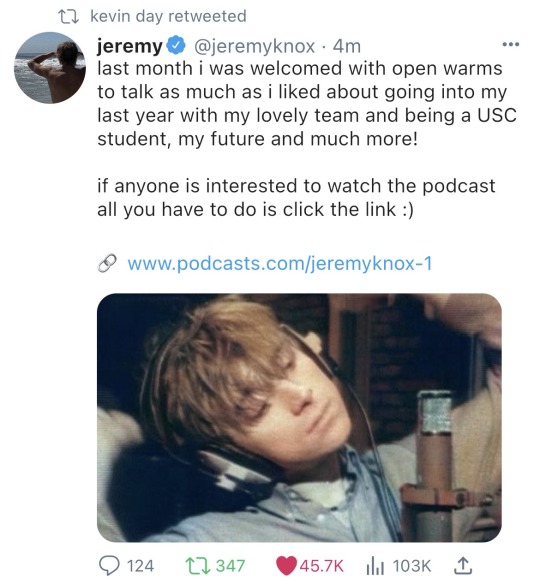
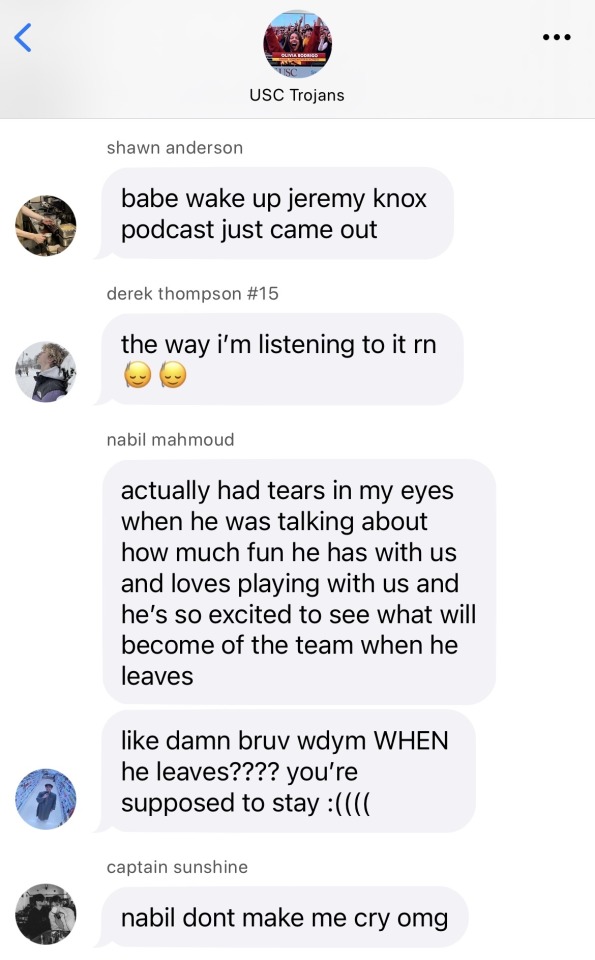
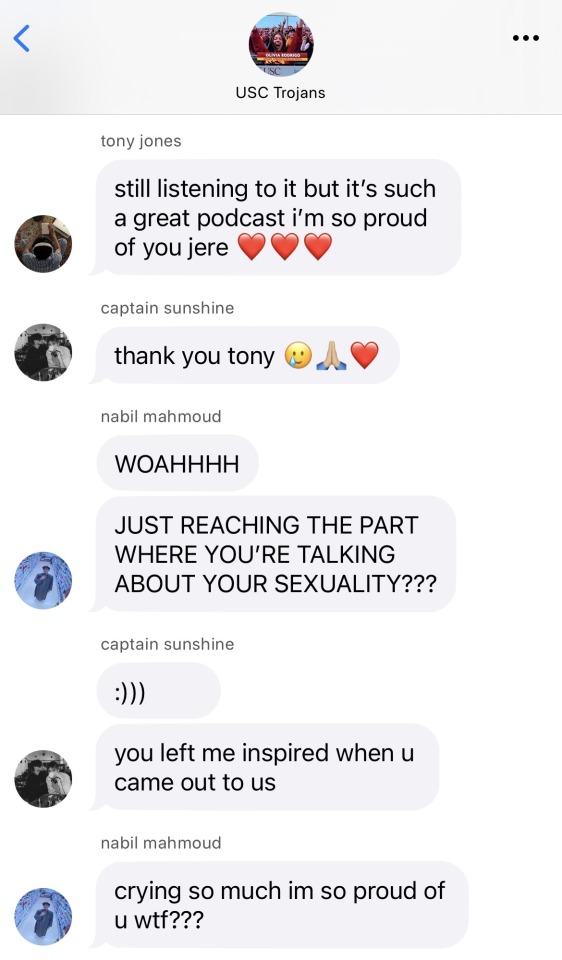
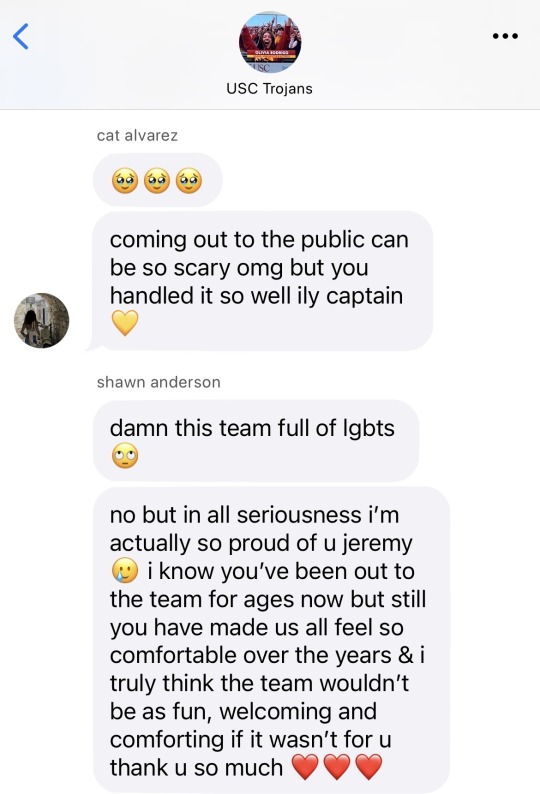
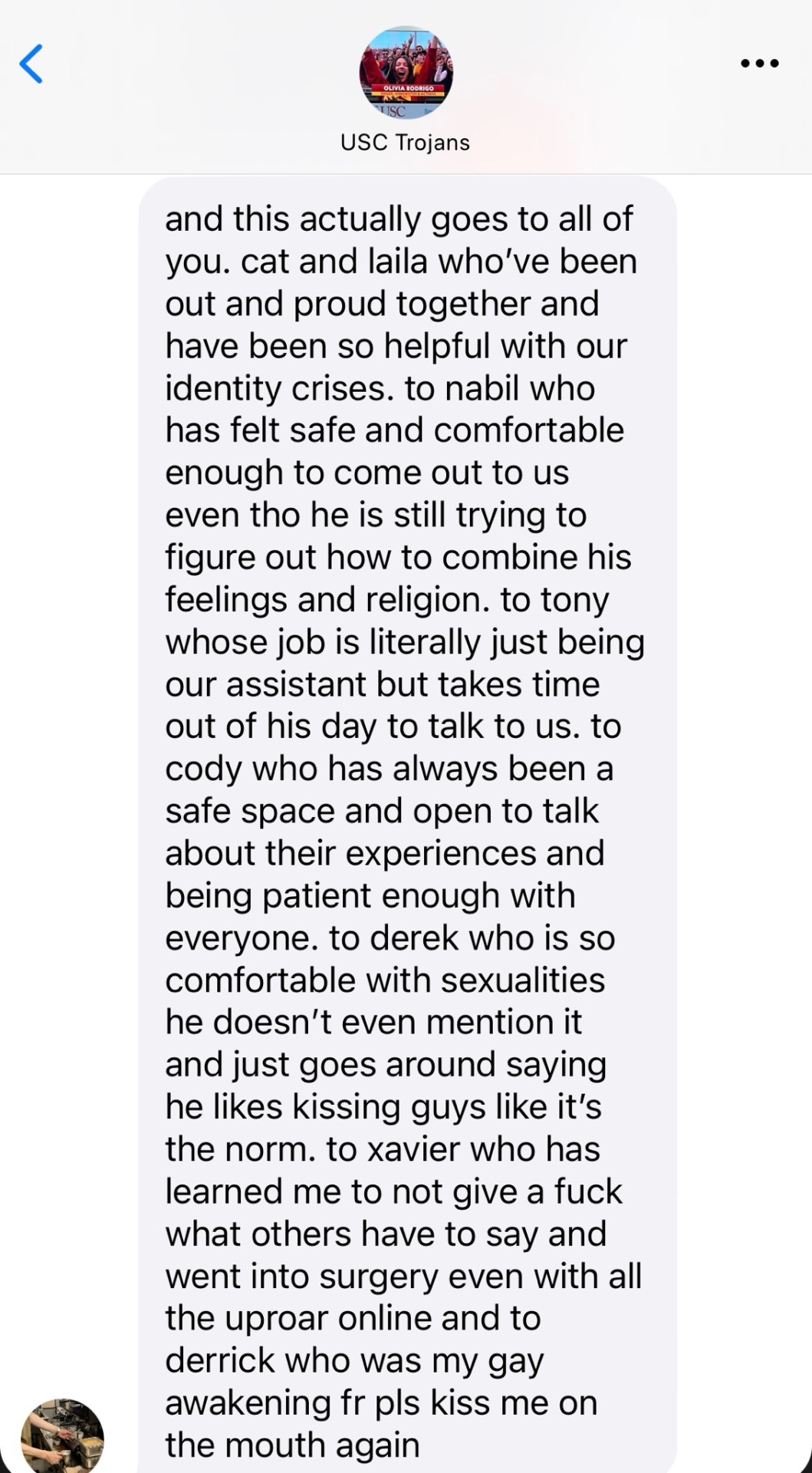
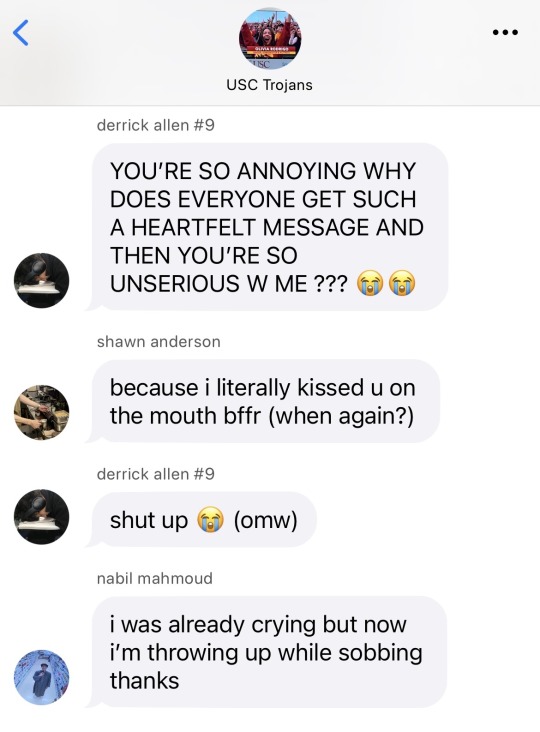
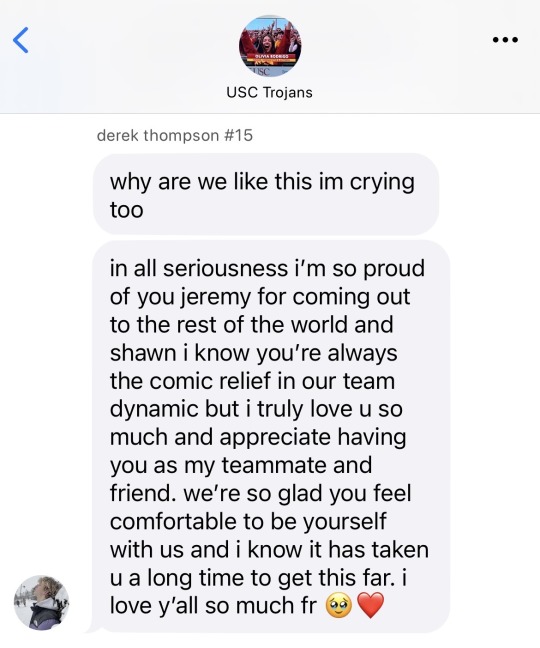
bonus (kevin day retweeting jeremy’s tweet 🙂↕️):

< prev post | next part >
the trojans social media au (pt. 7): i wanted to make a silly part and then i found that pic of 90s damon albarn and it looked like it could be from a podcast so i really wanted to include it and suddenly i was writing the most heartwarming team moment???
also a few weeks ago i saw @problemduetest4life introduce 90s damon albarn as a jeremy knox fancast and it’s truly been living in my mind rent free. like it’s literally how i always imagined him to look like and the only fancast i will accept now 🙂↕️🙂↕️ he’s made it to the pinterest board so thank u so much for your service <33333
#the trojans social media au#kevin day kisses his guy friends platonically#just kidding he’s bisexual#also shawn being serious and so so sweet who would have thought#i wanted to include jean but i feel like he wouldnt text the USC gc about sexualities#i definitely think he’d text jeremy privately (if they wouldnt talk irl)#all for the game#aftg#the sunshine court#tsc#jean moreau#jeremy knox#kevin day#laila dermott#nabil mahmoud#tony jones#derek thomposon#derrick allen#shawn anderson#catalina alvarez#cat alvarez
487 notes
·
View notes
Text
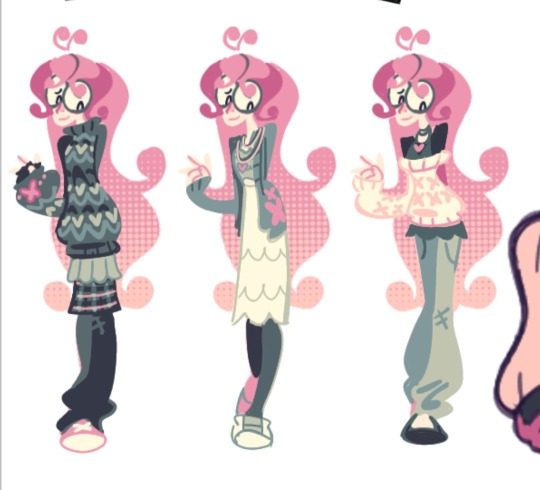
another wip found concept art of flora chen from "canterlot high" :000
#zeno's art#wip#mlp#fluttershy#i've finished half of these and i really want to drop them NOW but neigh (horse pun) i have to drop them all at once#so you will all wait a little later sorry#also i need to know do these give late 90s / early 2000s I HAVE NO IDEA#i just wanted to give her as much layers as possible in a kinda “ugly” way while still looking cute#hence the 2 skirts and jeans combo#and the shirt - dress - sweater - jeans combo#i actually love wearing a skirt over jeans actually i do it irl all the time
551 notes
·
View notes
Text
Misc drawings and doodles AAHH exam week is next week (coincidentally my bday 😭) so ive have minimal time to draw ughhrr but ive been trying 😇

lucy...,, i just watch for auld lang syne and I 💔💔💔💔💔


silly ol me..


angela and vicki!!!!




#peanuts#the peanuts#lucy van pelt#sona#me irl#charlie brown#backyard sports#vicki kawaguchi#angela delvecchio#franklin armstrong#peppermint patty#marcie carlin#peggy jean#digital art
219 notes
·
View notes
Text

jean-philippe worth evening coat, ca. 1900 in high style: masterwords from the brooklyn museum costume collection at the metropolitan museum of art - jan glier reeder (2010)
211 notes
·
View notes
Text

every morning 4am this is what i see when i wake
#snap shots#woah…. rare irl photo…#i has a funny blurred pic that just makes me think of like. some kinda shoegsze album cover for some reason djdjWODJSJ#anywaydjKWKJA#stop staring at me with them big ol eyes#i got him Ever ago bur i wanted to shaew him tonight … i just changed the batteries in my candles …#it still looks like i sleep in a dungeon but thats ok Look At Him#whenever im feeling lost or down i pull him out of my pocket and hear him tell me to stop fucking around and focus#i stare into his eyes and i feel immediate shame and Stop Fucking Around immediately#works everytime …#the plush set this comes from is so funny cause its like scott jean logan#and then this freaks just there too. like nawww why is erik the bus driver all of a sudden#the day theres a lil charles plushie ill actually ascend to the high heavens PLEASE#you CANNOT separate them :((#anyways … i sleep now … with this little weirdo watching me#i cant say he’ll protect me from bad dreams but he’ll at least be a witness if i die during one so thats nice#good night team !!! i dont wanna do my presentation tomorrow ………#also im lyin. im gonna doodle a lil then sleep …#gettin a drawing tablet was the worst thing i coulda done i cannot put it down fjOWJSSJSK#ok byebye ….. prob wont post anymore tonight at least ….#so we can act like im sleeping 😏 and yet erik also acts as a witness to my lies 😔 a travesty….
57 notes
·
View notes
Text

My entry for @scary-monsters’s DTIYS! 💕 congratulations on the milestone :D
#I had so much fun with this!!#most of the pins on his jacket are self explanatory but in case it doesn’t read the white one is siouxsie#I think HP got him hooked on SATB#the your mom pin is based on one I have irl#and the last one that’s hard to parse is a leopard gecko! I think he’d have one as a pet#he has friendship bracelets from Johnny gyro and HP#and it’s up to the viewers who the wedding band is from ;)#my art#jjba#jojo's bizarre adventure#jojo no kimyou na bouken#jjba fanart#diego brando#steel ball run#jjba sbr#sbr fanart#Jojo part 7#I have him listening to Queen II because I personally really like it and I think a few of the songs are his vibe#I really wanted him to listen to Jean genie but that’s from Aladdin sane which is another Bowie album 😭 seemed like cheating#sorry his outfit is so 80’s I just. love the 80’s
96 notes
·
View notes
Text

"It's him. The man of the cat walk, the ruler of the ruler and threading machine. Clad with his iconic pink taser Leo takes the front page of our issue this month to show off his continuing rise into the fashion world"
#rottmnt#rise of the tmnt#rottmnt leo#unpause rottmnt#save rise of the tmnt#fashion au#my art#tmnt#fashion#leo outfits felt more fitting being just all over the place#mixed jewelry#mixed patterns#jean shorts with frill yo#i want his top tho irl#iz subposta be kinda magazine vibe#bless roomie for amazing captions btw#;A; am not creative like her
282 notes
·
View notes
Text



I'm trying to make sense of their hair
#how do poofy bangs look irl#scooby doo#fred jones#daphne blake#paul mccartney and jean shrimpton were my references#i doo art
140 notes
·
View notes
Photo



warming up w jeans
#original art#illustration#haven't practiced clothing folds or poses from irl in a million years oops#most comfortable jeans i ever did buy thank u carpenter jeans <3 ily <3 i could never survive without u <3
858 notes
·
View notes
Text
Half asleep and made this because it’s so funny to me, and it’s so them, I’m sorry 😭

40 notes
·
View notes
Text

I'm so desperately not ready for tgr to serve up more hideous lines like this.. I genuinely don't know if I can handle it
#informing all my irls to not even try and speak to me on the 22nd#the golden raven#the sunshine court#aftg#all for the game#jean moreau#kevin day#kevjean
42 notes
·
View notes
Text



The Talk of the Town (1942) | dir. George Stevens
#The Talk of the Town#Ronald Colman#Jean Arthur#oldhollywoodedit#classicfilmsource#classicfilmblr#my gifs#see the funny part is that he was like. 50. in this movie irl#i just love them a lot and i love this movie a lot and i couldn't stop laughing at his lil sideye when she's like 'yeah you do!'#just also. jean arthur in those oversized pajamas is too cute a look honestly she was so cute
50 notes
·
View notes

